
Space Science Data Lab at NASA Ames
This group of researchers and postdocs work on devoloping dedicated Kepler, K2 and TESS tools and data products for the community.
Research Scientist
Bay Area Environmental Research Institute
NASA Ames

Astronomer & Data Scientist
MTB Rider & Astrophotographer
I am a research scientist at The Bay Area Environmental Researh Institute, NASA Ames, where I work with the Space Science Data Lab
developing tools to mine the archival data from Kepler and K2 missions.
Previously I was postdoctoral researcher at the Astronomy Department of the University of California at Berkeley.
Where I was a member of Prof. Josh Bloom's Lab advocated to apply Machine Learning (ML) tools to astronomical challenges.
My research interests are in time-domain astronomy and the use of Artificial Intelligence tools such
as Machine Learning and Deep Learning to solve astronomical problems. More specifically:
the classification of astronomical variable sources based on time series data;
deep learning models to analyze, classify, and generate data;
and online systems to access, store, annotate and classify astronomical alerts in the ZTF and LSST era.
I'm also interested in Black Hole demography, more in details the missing link
between stellar and supermassive black holes (SMBH), the so-called Intermediate-Mass Black Holes (IMBH).
I was born in Los Andes, Chile. I conducted my middle and high school studies at the Instituto Chacabuco (Marist Brothers). Then I moved to Santiago de Chile to complete my undergrad studies at the Faculty of Physical and Mathematical Sciences of the Universidad de Chile. I obtained my B.Sc. in Astronomy in 2014. I obtain a Ph.D. in Astronomy from the same institution at the Astronomy Department in 2018. During my Ph.D. I was a scholar visitor at the Insitute for Applied Computational Science (IACS) at Harvard University for 4 months. At the end of 2018, I moved to Berkeley, CA, to start my first postdoctoral position at the Astronomy Department of the University of California at Berkeley.
My research interests are in time-domain astronomy and the use of Artificial Intelligence tools such as Machine Learning algorithms to solve astronomical problems. More specifically: the classification of astronomical variable sources based on time series data; deep learning models to analyze, classify, and generate data; and online systems to access, store, annotate and classify astronomical alerts in the ZTF and LSST era. I'm also interested in Black Hole demography, more in details the missing link between stellar and supermassive black holes (SMBH), the so-called Intermediate-Mass Black Holes (IMBH).
My personal interest aside from astronomy are: mountain bike with an emphasis in enduro and downhill trails mostly recreational but with some awesome experiences racing; photography with a particular inclination for astrophotography and landscapes (see my Flickr ). I love beers especially Belgian style and IPAs, and Chilean wines (Carmenere).

This group of researchers and postdocs work on devoloping dedicated Kepler, K2 and TESS tools and data products for the community.
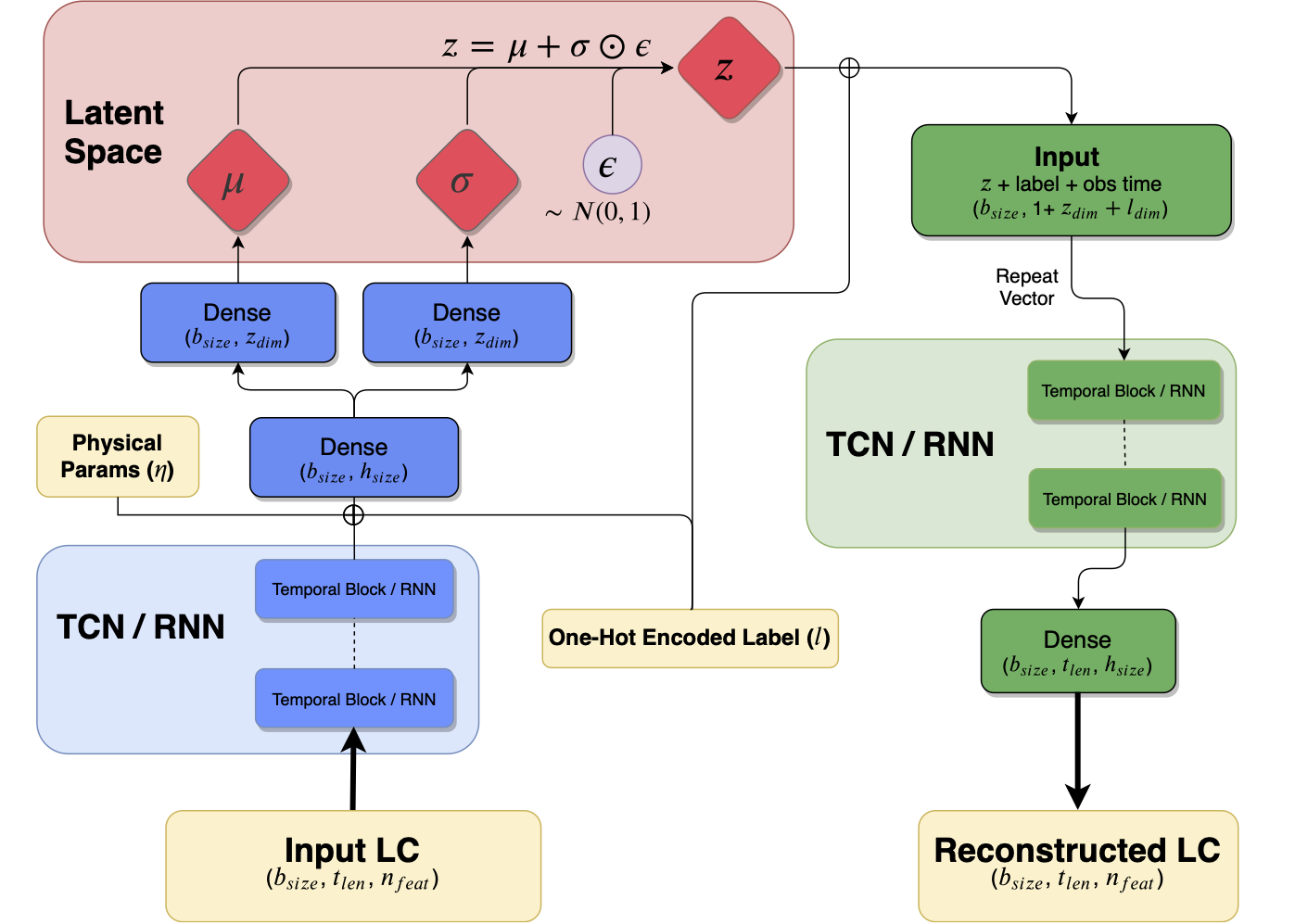
The ability to generate physically plausible ensembles of variable sources is critical to the optimization of time-domain survey cadences and the training of classification models on datasets with few to no labels. Traditional data augmentation techniques expand training sets by reenvisioning observed exemplars, seeking to simulate observations of specific training sources under different (exogenous) conditions. Unlike fully theory-driven models, these approaches do not typically allow principled interpolation nor extrapolation. Moreover, the principal drawback of theory-driven models lies in the prohibitive computational cost of simulating source observables from {\it ab initio} parameters. In this work, we propose a computationally tractable machine learning approach to generate realistic light curves of periodic variables capable of integrating physical parameters and variability classes as inputs. Our deep generative model, inspired by the Transparent Latent Space Generative Adversarial Networks (TL-GANs), uses a Variational Autoencoder (VAE) architecture with Temporal Convolutional Network (TCN) layers, trained using the \hbox{OGLE-III} optical light curves and physical characteristics (e.g., effective temperature and absolute magnitude) from Gaia DR2. A test using the temperature-shape relationship of RR\,Lyrae demonstrates the efficacy of our generative "Physics-Enhanced Latent Space VAE" (PELS-VAE) model. Such deep generative models, serving as non-linear non-parametric emulators, present a novel tool for astronomers to create synthetic time series over arbitrary cadences.
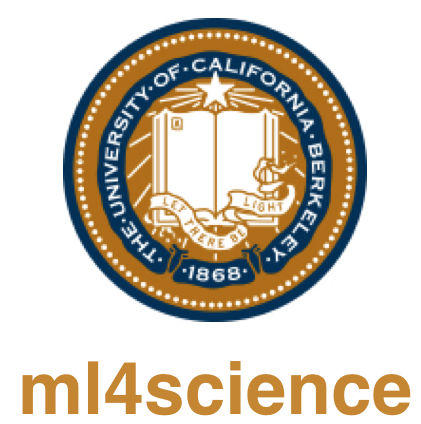
Machine Learning (ML) for Science is an initiative from Prof. Josh Bloom's Lab to bring together people working on AI/ML and Astrophysics. We are conducting a series of talks related the area, we host speakers eather from Astronomy and Data Science world. astronomical problems.
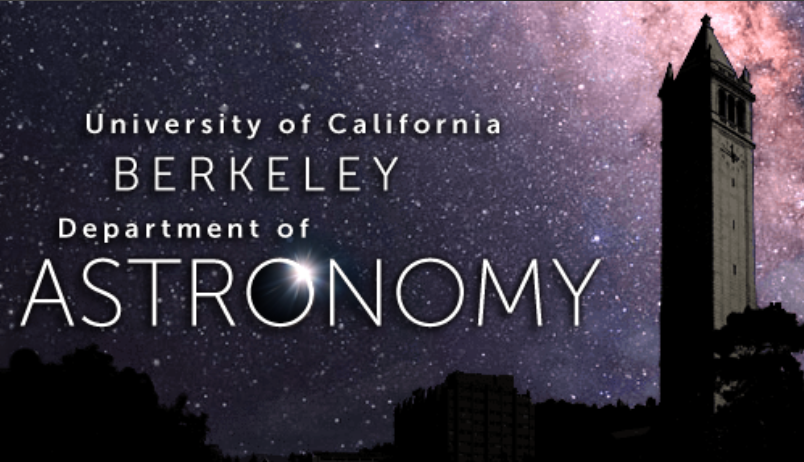
Postdoctoral scholar at the Astronomy Department, University of California at Berkeley. I startated my postdoctoral studies sponsored by Prof. Josh Bloom and founded by Moore Foundation. My research activities involve: Software infrastructure for Machine Learning in astronomy and time-domain astronomy research projects (including observations, data reductions, and analysis). I participate in broader group efforts connecting time-domain astrophysics to machine learning, both theoretically and practically.

"Automatic Classification of Variable Objects in the HiTS Survey and its Applicability for Intermediate Mass Black Hole Search."
Thesis defended at the Asrtonomy Department (DAS) of the Universidad de Chile. My advisors were Prof. Paulina Lira (DAS, UChile), co-advisor Francisoc Förster, Ph.D. (CMM, UChile), and external advisor Prof. Pavlos Protopapas (IACS-SEAS, Harvard)
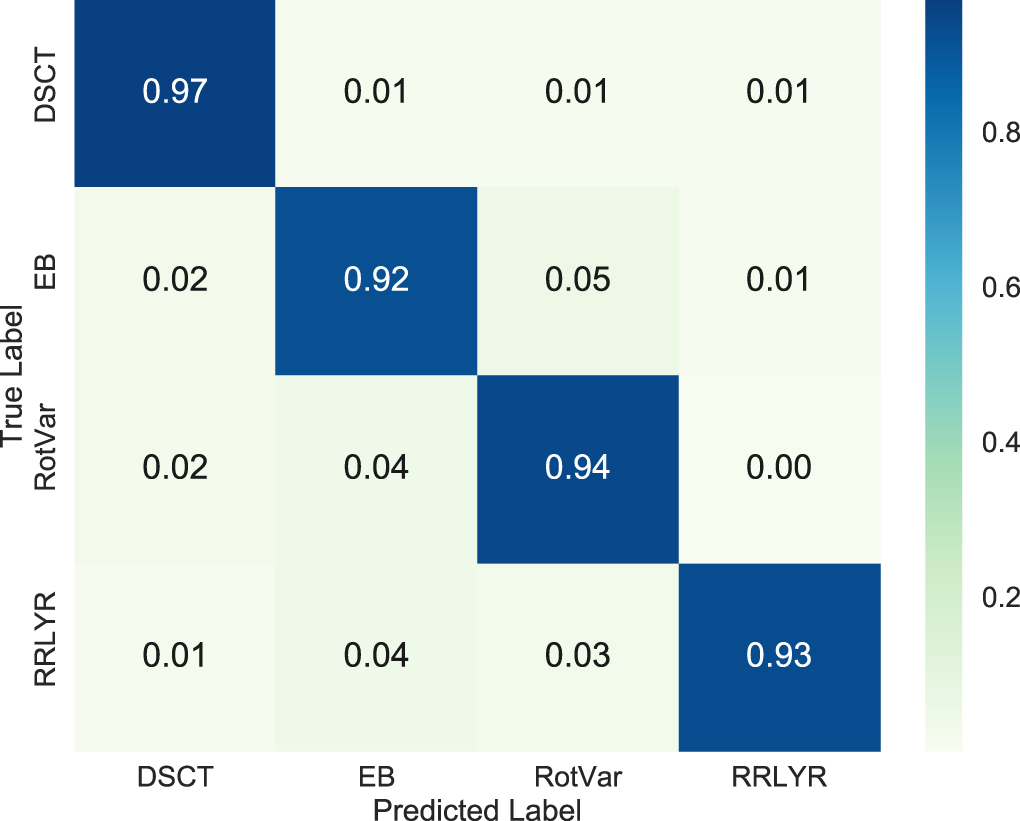
A compilation of catalogs with more than ∼15 million detected objects and ∼2.5 million light curves classified by variability. We classified all point-like nonmoving sources by first extracting features from their light curves and then applying a random forest classifier. For the classification, we used a training set constructed using a combination of cross-matched catalogs, visual inspection, transfer/active learning, and data augmentation. The classification model consists of several random forest classifiers organized in a hierarchical scheme. The classifier accuracy estimated on a test set is approximately 97%.
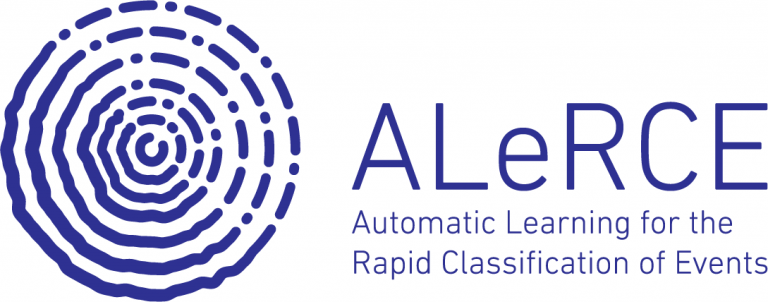
With a new generation of large etendue survey telescopes there is a growing need for alert processing systems. This includes real–time processing of the raw data for alert generation, real–time annotation and classification of the alerts and real–time reaction to interesting alerts using available astronomical resources.
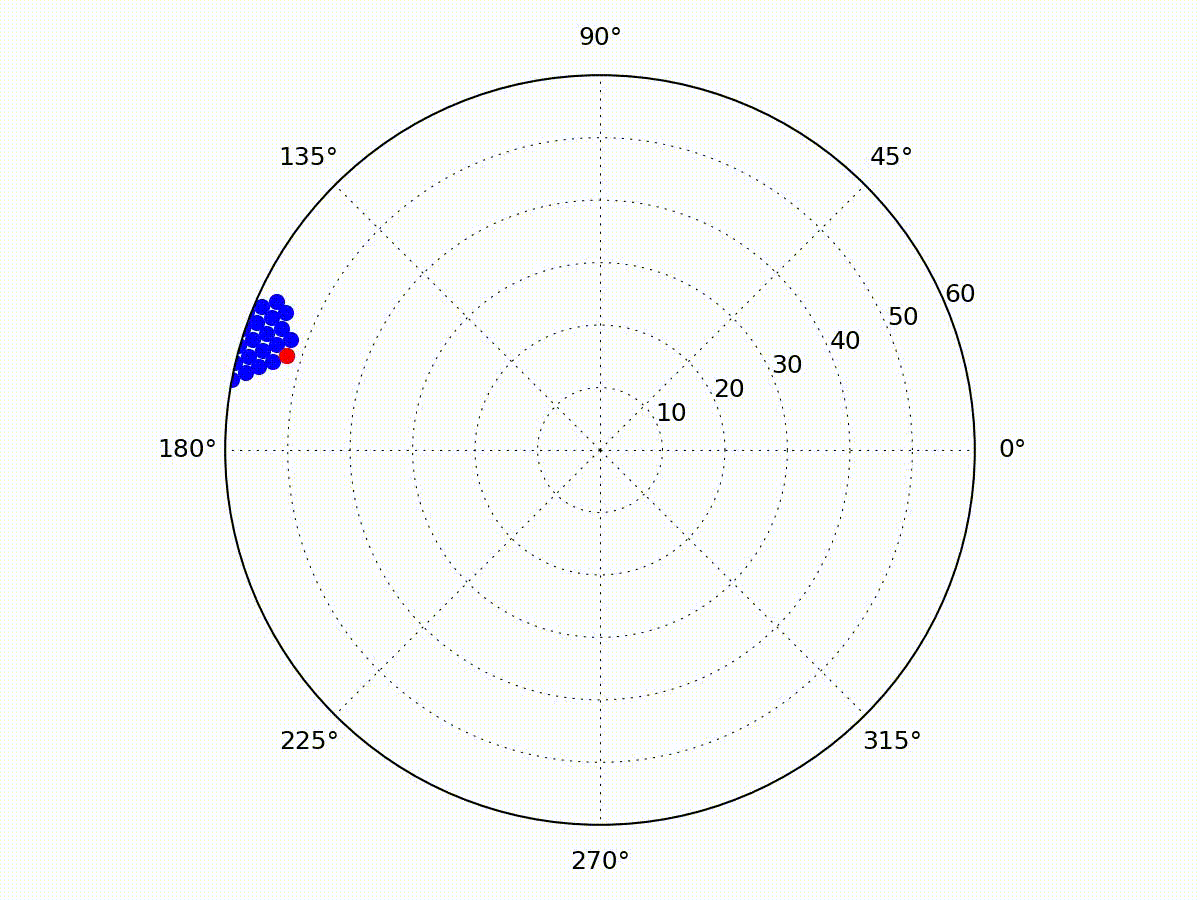
The High Cadence Transient Survey (HiTS) aims to discover and study transient objects with characteristic timescales between hours and days, such as pulsating, eclipsing, and exploding stars. This survey represents a unique laboratory to explore large etendue observations from cadences of about 0.1 days and test new computational tools for the analysis of large data.

Member of the Astroinformatic Laboratory at the Center for Mathematical Modeling (CMM, Universidad de Chile). I was the first student to complete a Ph.D. thesis and degree as an integran of the laboratory.